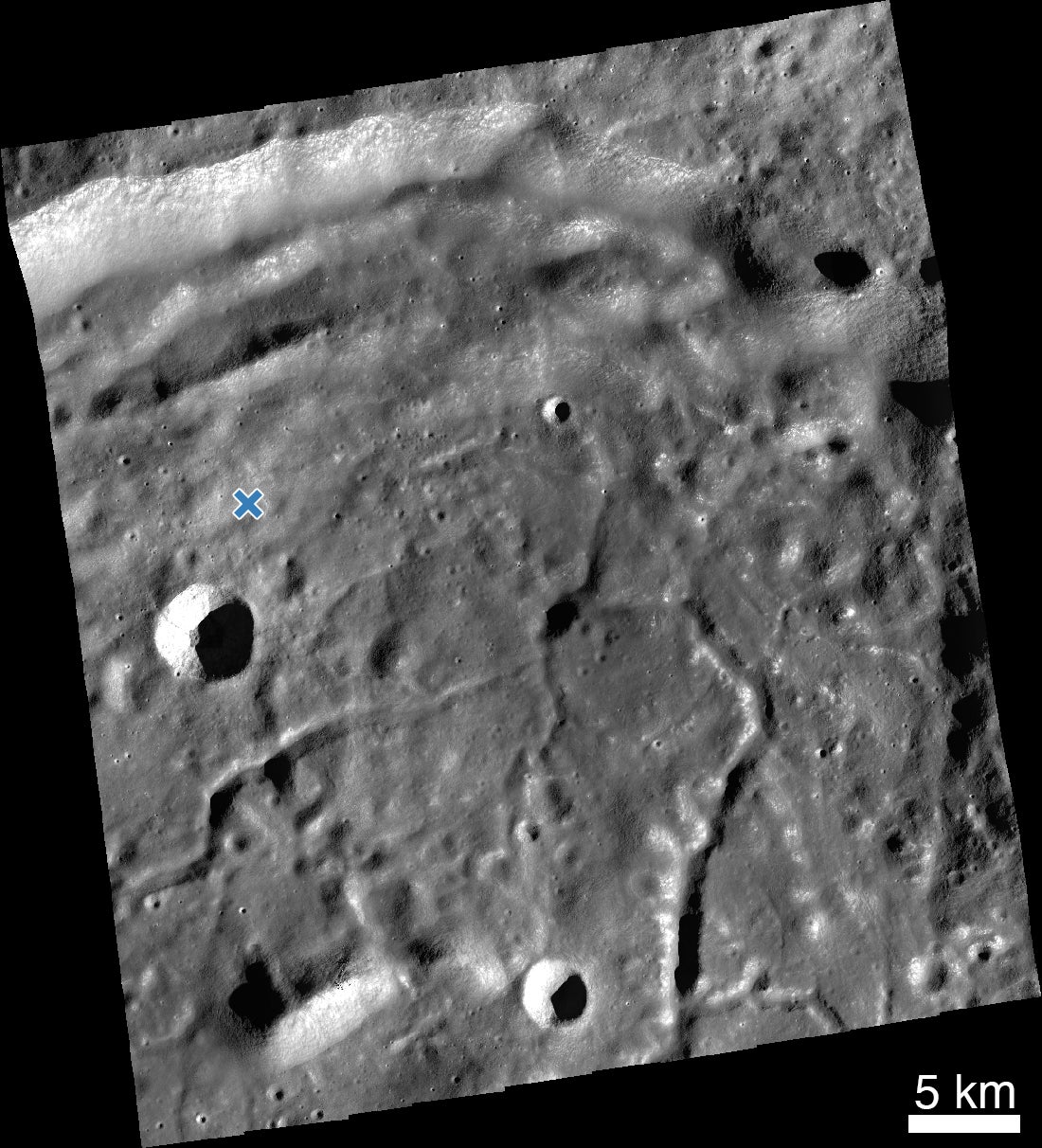Space Business: Fired Up
There's a rocket engine renaissance in the United States

When SpaceX started out, it built its success on the back of the Merlin rocket engine—the first new American rocket engine in a decade when it came online in 2008.
Suggested Reading
Since then, investment in new propulsion systems has soared in the US. Now, it seems like new engines are being announced every day.
Related Content
SpaceX, of course, needs its new, more powerful Raptor engine to prove as reliable as Merlin if it wants its next rocket, Starship, to succeed. And Jeff Bezos’ Blue Origin has developed a series of new engines, first for its New Shepard suborbital rocket, and now for two orbital rockets—its own forthcoming New Glenn and United Launch Alliance’s Vulcan, which might fly for the first time this summer.
Thanks to the growing space economy, small companies that specialize in rocket engines, but not rockets, are gaining traction, in the process experimenting with a diverse array of designs.
Impulse is a company founded by Tom Mueller, the legendary former SpaceX engineer who led the development of both Merlin and Raptor. Its initial plan is to operate a space tug that can deliver satellites using a low-cost propulsion system. This month, the company completed qualification testing on its first engine, which will head to orbit on a demo mission in October. (It’s also working on the first private Mars mission.)
Saiph, as the engine is called, is unusual for a small satellite engine in that it is powered by chemical combustion. Other space tug efforts use engines powered by electricity to move spacecraft by generating small but consistent thrust; these techniques require less mass (always a benefit when going to space) but generate less power. Impulse is betting that companies are willing to accept the trade-off to see their satellites get to the right place in days instead of months.
“The amount of thrust we’re building into a small satellite can reduce your time to get to a usable orbit, and make bigger maneuvers and make them quickly,” explains Kevin Miller, who leads Impulse’s engine development.
Perhaps the leading pure-play propulsion start-up is Ursa Major, which just announced an “eight figure” deal with the Air Force Research Lab to build a powerful new rocket engine that will be used to test hypersonic weapons.
Draper, the engine in question, will be fueled by kerosene and hydrogen peroxide, and notably won’t keep them at super-cold temperatures—a common technique to increase power, but one that requires complex systems to maintain the right temperature throughout the vehicle. Using room-temperature propellant, on the other hand, allows propellant to be easily stored for a long time—a good feature for a missile that spends most of its existence waiting to be fired on short notice.
And CEO and founder Joe Laurienti says Draper can also attract users in space travel, particularly customers who want access to orbit on short notice, or even for Moon landers that need the ability to throttle the engine up and down while descending.
Ursa is busy developing a line of engines ranging up the power scale. The company already has deals to sell these propulsion systems to rocket-makers like Astra and Vector who now have the opportunity to outsource the expense of making a rocket engine to a specialist.
Astra itself is benefitting from the growing market for spacecraft propulsion, even as it is struggling to bring a reliable launch vehicle to market. Its only profitable business in 2022 was selling electric propulsion systems, thanks to its acquisition of the engine-maker Apollo Fusion in 2021.
🌕🌖🌗
IMAGERY INTERLUDE
NASA’s Lunar Reconnaissance Orbiter has found the spot in the Moon’s Atlas crater where ispace’s Hakuto-R lander crashed in April:

You can see more context and images of how the vehicle’s impact changed the surface of the Moon in our story.
🗣🗣🗣
What if the US government created a public tech bank that would allow long-term planning for projects that could improve the lives of generations to come?
In the latest episode of the Quartz Obsession podcast, economics reporter Nate DiCamillo explains why this is the perfect moment to rethink how we finance innovation. 🎧 Listen right now! 👀 Or, read the transcript
✅ Subscribe wherever you get your podcasts: Apple Podcasts | Spotify | Google | Stitcher | YouTube
🚀🚀🚀
SPACE DEBRIS
Jeff Bezos is officially heading for the Moon. After years of attempts, Blue Origin won a $3.5 billion NASA contract to build, test, and operate a Moon lander for future Artemis missions.
Axiom-2 is officially in orbit. The second private astronaut mission, including three paying passengers and mission commander Peggy Whitson, arrived at the International Space Station this week after a May 21 launch. Exactly how much does one of those seats set you back, anyway?
Virgin Orbit is officially no more. The bankrupt rocket-maker saw its real estate snapped up by competitor Rocket Lab and Vast, a space station firm, but no buyer emerged to rescue the business.
DARPA is officially funding double space radar. The US military’s research agency struck a $4.5 million deal with space radar firm Umbra to test out an imaging technique that uses two spacecraft flying in formation; one spacecraft will transmit radio signals at the Earth, and another will collect the reflected energy for analysis.
Ocean rocket launches are officially intriguing. The challenge of obtaining environmental approval for new spaceports in the US has companies considering the possibilities of launching rockets from seagoing platforms.
Last week: Is the space industry ready for cuts at NASA?
Last year: AstroForge plans to mine platinum from asteroids within a decade.
This was issue 182 of our newsletter. Hope your week is out of this world! Please send your favorite new rocket engine designs, brilliant satellite formation-flying conops, tips, and informed opinions to [email protected].